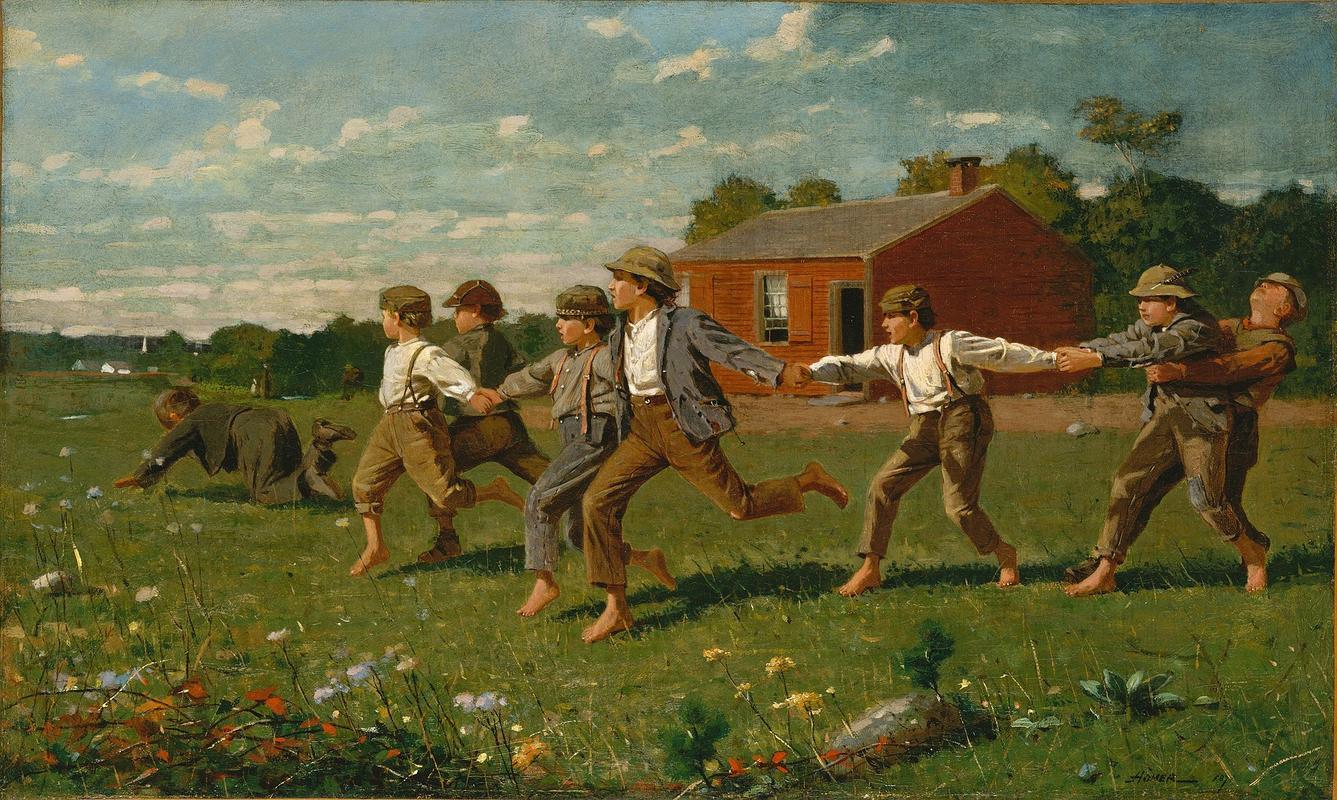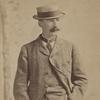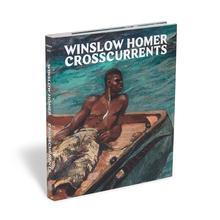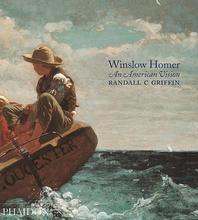More about Snap the Whip
- All
- Info
- Shop

Contributor
Post-Civil War America was a traumatized nation, unequipped with the resilience to mentally and emotionally withstand not only the carnage war had wrought, but also the sweeping social and economic changes that came with it.
Most painters at this time steered clear of political and social content in their work, choosing to depict simpler, more innocent times. On the other hand, the technological changes that often follow after war allowed many Americans to study abroad in cities of history such as Paris or Rome, bringing back painters who learned the journalistic, down-to-earth tone that was in vogue at the time and giving them an expanded market in which they could make an impact.
This painting is Homer’s most celebrated work, and depicts a group of kids playing “snap the whip.” One child acts as the conductor, while the other acts as the caboose, with the other children all in between them. The caboose has to try his hardest to stay on without being thrown off by the snaking twists and turns of the human train. Bet these little demons are gonna have serious cases of whiplash at the end of the line.
Homer’s depiction appeals to the nostalgic spirit of the Reconstruction-era viewer. The children are all dressed in contemporary rural clothing, barefoot in the grass, but with suspenders that suggest the responsibilities of manhood. The game they play, once viewed through this lens, turns from just an innocent kids’ game into an allegory for the struggle to hold onto memories of a less weary, sunnier time and for a nation trying to keep itself together despite turbulence.
The last owner of the painting, Christian Zabriskie, was the Wyoming-born employee of the Pacific Coast Borax Company, brought on by Francis “Borax” Smith in 1885 to supervise several hundred Chinese workers at Candelaria. Before this, Zabriskie’s younger years were spent going from job to job, as he was consumed with wanderlust and a desire to escape the small town of his birth. He eventually became vice president, which led to him becoming general manager of the company for thirty-six years until his retirement in 1933. A mountain in Death Valley bears his name.
Sources
- Nieboer, Geof. “Crack the Whip.” Gameskidsplay.net. Gameskidsplay.net. Accessed August 28, 2019. http://www.gameskidsplay.net/games/strength_games/crack_the_whip.htm.
- “Snap the Whip.” metmuseum.org. The Metropolitan Museum of Art. Accessed August 28, 2019. https://www.metmuseum.org/art/collection/search/11140.
- “Snap the Whip, 1872, by Winslow Homer.” Winslowhomer.org. Winslowhomer.org, 2009. http://www.winslowhomer.org/snap-the-whip.jsp.
- Weiser-Alexander, Kathy. “Christian Zabriskie - Borax Mining in Death Valley.” Legends of America, June 2019. https://www.legendsofamerica.com/christian-zabriskie/.
- Wineberg, H. Barbara, and Carrie Rebora Bratt. “American Scenes of Everyday Life, 1840–1910.” metmuseum.org. The Metropolitan Museum of Art, September 2009. https://www.metmuseum.org/toah/hd/scen/hd_scen.htm.















I really like this piece because of the contrast of the innocence of childhood versus the violence of the game they are playing. (It reminds me of playing "Red Rover" in Sunday school when I was a kid). The kids at the right end of the line are holding on really tight. Especially the one at the end. They're desperate to hold on and shake the others off. There is really more than meets the eye when looking at this painting. The more you look, the more you notice. Like the fact that there are more buildings- including a church- in the background. There are also adults standing quite a distance away, not paying attention to their little boys. It is a painting that can create feelings of nostalgia...but can also make you think a bit as you analyze it.